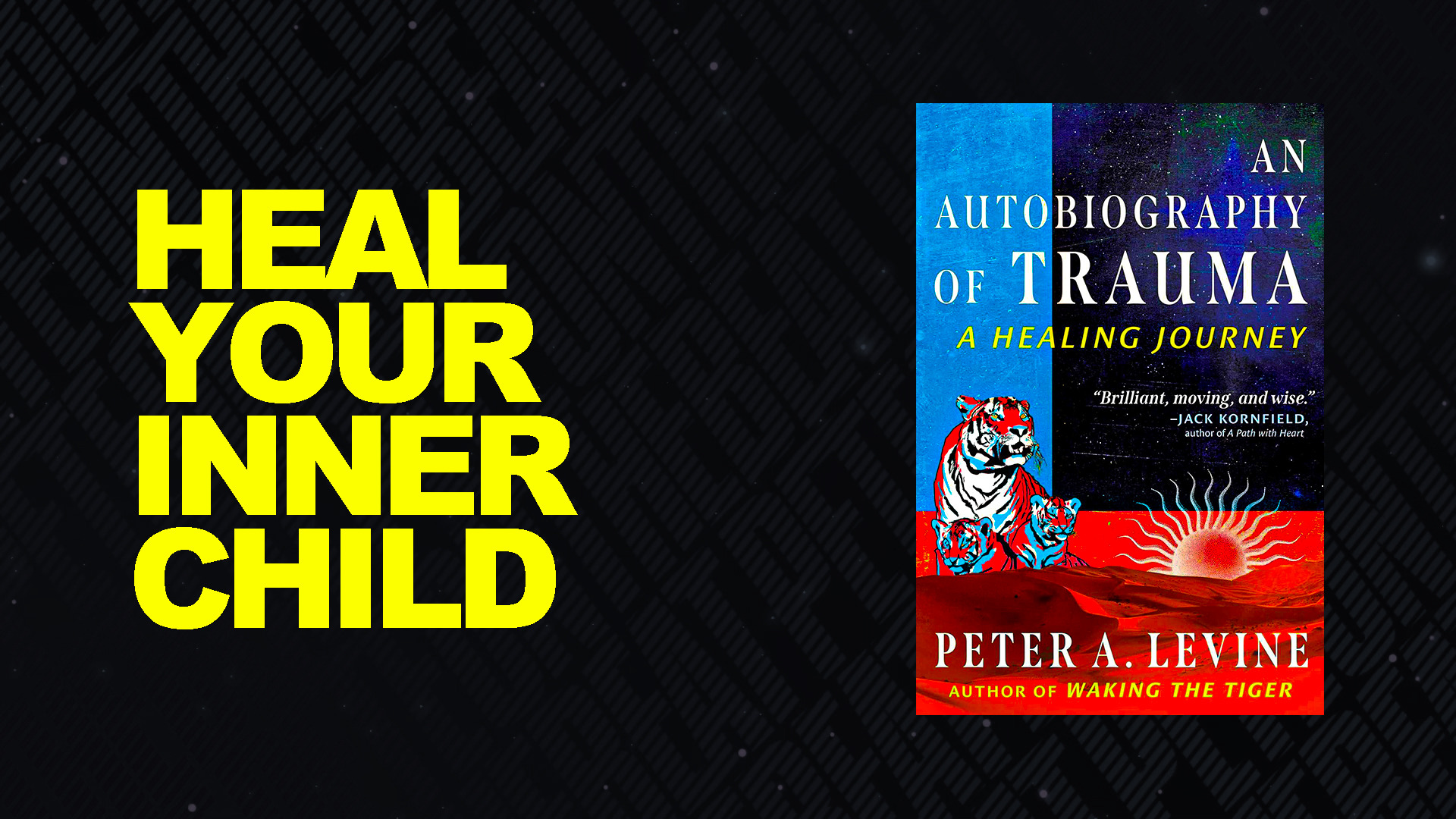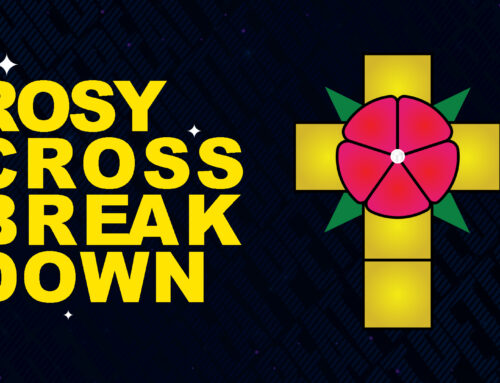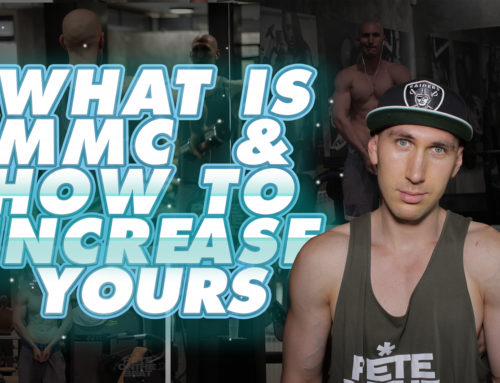Written as a private memoir and dream journal, Peter Levine’s Autobiography of Trauma inspires readers to embrace and heal their traumas by sharing them with the world. Packing research and disturbing yet remarkable stories, the book reveals non-conventional methods for becoming complete.An example is deliberately recalling memories of joy and pleasure before unpacking traumatic ones. This prepares one to face the latter in a mitigated way.
Comment 1
While different, such an approach finds common grounds with MAPS’s use of psychoactive substances, making dealing with traumas manageable. Guided by the blend of science and healing arts, Levine acknowledges inducing similar states (without drugs) as his primary field of research.
Disclaimer
Like others I already discussed, Inner Traditions sent me this book. Yet, they didn’t pay me to say anything in particular. This review expresses a few opinions that are strictly mine.
Trauma
Coming from Greek, Trauma means wound or injury. From German — it (also) implies a dream. According to the author:
“Trauma is not so much what happened to us, but, rather, what we hold inside, in the absence of an empathic mutually connected witness…”
Levine reveals traumas can be transmitted through generations as pervasive negative emotions, also during conception (or even from ancestors). Such scenarios create possibilities of a similar event occurring in one’s life.
The Good News
The good news is that healing methods are available and stored as information in the Akashic records, collective unconscious, or Anima Mundi (if you will). Also, identifying their root causes is not mandatory for healing traumas.
Somatic Experiencing
Levine invented Somatic Experiencing — ‘a body first approach to dealing with problematic (and often times physical) symptoms of trauma.’ One of its core principles is identifying the magnitude of and counteracting negative emotions with mightier, empowering ones. While this finds common ground with Morita therapy, which teaches creating and learning new feelings aligned with one’s Future self, Levine’s method seems mostly retrospective, somewhat holding to psychoanalysis.
Either way, Somatic Experiencing aims to eventually create new experiences. A big part of this is helping one’s inner child feel protected.
Exposure Therapy
Unlike other retrospective practices (and perhaps some elemental rituals), Somatic Experiencing brings the traumatic memory peripherally and gently. This is (partially) inspired by Ilya Prigogine’s studies on Dissipative Structures.
Reversed Entropy
Similar to Prigogine’s experiments of introducing energy into an open system and causing it to shift to a higher order, Levine’s clients increased stability and clarity by only touching on their traumas, achieving ‘reversed entropy.’ On the contrary, too much exposure overloads the nervous system, producing diminishing returns.
Compounding
Inspired by the French mathematician Rene Thom, Somatic Experiencing leverages the compounding power of tiny and subtle shifts in one’s autonomic nervous system. It produces its results by initiating slight exposure sessions in an appropriate setup. This has plenty in common with modern tactics for building habits involving creating new neural connections.
Me-Search
An Autobiography of Trauma reveals that the most critical research is (really) one’s ‘me-search,’ as that’s the only way one can help others.
Comment 2
This goes beyond traumas. One example is solving your problems first and offering a solution like many in the digital renaissance. Another, of course, is knowing oneself (first), as that’s the only way to understand the Universe and provide value. As the author says:
“My own injuries have also helped me to better understand the struggles of the many people who feel they don’t belong in the world, or don’t have a right to exist…”
Curiosity and Exploration
Levine explains that we all can heal. The keys are our childlike curiosity and drive to explore. While these are commonly suppressed by traumas and ‘oversocialization,’ granting them freedom is vital. It connects us to our true nature, allowing access to a vast pool of creative energy.
Creativity and Imagination
Creativity and imagination aren’t only for children but for anyone valuing their mental health. Ikigai scholars also emphasize this, recognizing doing one’s Ikigai as the ultimate form of healing, development, etc.
According to Professor Julian Fleron:
‘The Creative adult is the child that has survived.’
According to Rick Rubin (paraphrasing):
‘great artists are often traumatized and very sensible, which is why they create in the first place.’
Life Force
An Autobiography of Trauma discerns the life force from the Freudian libido. It expounds that the life force is our will to live, create, and procreate, (perhaps) alluding to the Qabalistic Chiah and Thelema’s Hadit.
As Within So Without
Levine bases his approach on Magick’s most fundamental principle — Hermes Trismegistus’s ‘As Above, So Below, As Within So Without.’ He views the mind and the body as inseparable parts. Somatic Experiencing unites the two routes, bottom-up and top-down, body and mind, into a holistic process respecting the total human being.’
The Wisdom of the Body
The author explains that the brain’s most primitive portions are the base of one’s perception of the world. This leads him to conclude that our bodies are very instinctual, sensing and feeling. Hence, the wisdom of the body notion—found in the book.
Comment
This is similar to Regardie calling them the Mind-Body organism. It perhaps even reminds me of Dion Fortune’s saying that spirit and matter are like water and ice—the two conditions of the same thing. Also, Yesod is regarded as a ‘receptive transmitter,’ transmitting the emanations of all spheres to the physical G’uph.
Levine explains traumas are primarily experienced in the body, which is where they must be undone. Hence, Somatic Experiencing moves from bottom to top. As found in Sufi wisdom: The body is the shore of the Ocean of Being. As we know from Fortune and contemporary David Shoemaker, the Nephesh and the G’uph often have more connection with spirit than the Ruach.
Rhythmic Breathing
Levine stresses the importance of rhythmic breathing, viewing it as the link between Jung’s collective unconscious and conscious awareness.
Stress
One of Levine’s mentors believes we can tolerate only so much stress before eventually getting spent (and sick) — similar to chronic willpower/ego depletion. In contrast, Levine teaches resilience by (actually) accumulating stress.
Comment
This is a rather fascinating concept, as one’s response to stress often has to do with willpower, which has limitations whether perceived as a pull of energy (or muscle getting fatigued) — as supported by Roy Baumeister and Kelly McGonigal or an emotion with ebbs and flows according to Michael Inzlicth, and Carrol Dweck. Levine explains that ‘under the right conditions the nervous system rebounds and discharges,’ so the person can handle more stress. I wonder if this includes the prefrontal cortex, which is responsible for activation and inactivation of the autonomic nervous system and willpower and potentially shuts down under acute stress, according to Judson Brewer and others.
Psychedelics and Placebo Effects
Levine utilizes Placebo effects, which, thanks to the body’s innate wisdom, actually become real. While this reminds us of Dr. Joe Dispenza, the author’s experiences with psychoactive substances help him achieve similar results in patients, making unpacking and dealing with traumas manageable. Levine recognizes psychedelics as capable of initiating temporary yet extended ego death-like orgasms. Hence, the reason for their increased popularity.
Synergistic Approaches
Autobiography of Trauma notes the utility of synergistic approaches similar to those employed by Dave Asprey and Aubrey Marcus. Levine argues that meticulously utilized psychedelics can help one achieve Jung’s individuation, which some ascribe to the union with the HGA. Yet, due to their extreme potency, such substances should be taken with great precaution under a trained professional’s supervision.
Einstein
Speaking of HGAs, one might say Levine’s appears to him in the form of Albert Einstein, as he actually saved his parents from drowning.
No Comparison
Comparing traumas is a mistake. According to the author, ‘ a trauma is a trauma, no matter the source…’ Traumas can be vastly different yet equally damaging. Overcoming that requires developing self-compassion and (supposedly) what Marisa Peer calls the sense of ‘being enough.’
Retrospection
While there’s an enormous emphasis on the inner child, the Future Self is not mentioned once. It is all about the first, who needs help and protection. This may not exactly appeal to Thelemites, Setians, LHP followers, and fans of Christopher Hyatt. Eventually, the author identifies with Osiris, who, unlike the dynamic Horus and Set, is the god of the frozen dead and the past.
Communalism
Correct me if I am wrong, but I didn’t see a place where one is advised to take full responsibility for oneself here and now—as a self-sufficient being. All healing methods involve others and bringing back the past. According to page 104 and the Krenek tribe, trauma doesn’t happen to an individual (in isolation).
‘It only occurred when there was a break in the connection between members of a tribe—or, in our terms, society…’
Apparently, one can think of it as a result of a malfunctioning Egregore. Yet, as we know from Dion Fortune, unlike that of the East and presumably indigenous tribes, Western dharma is about conquering stuff on your own. While such tribes don’t recognize the individual as a monad of society, in the West, that’s completely opposite, especially in the current stage of humanity’s development, which is of the Crowned and Conquering Child. Given that, there (also) isn’t anything about self-sufficiency.
Who Should Read This Book
Anyone who wants to heal by running their lives through (lots of) retrospection, searching for answers mainly in the past, and primarily identifying with their ‘childself’ (Nephesh). Well-written and concise, Autobiography of Trauma may prove unmatched for that. I have no doubts it will be appreciated by many, as it shows the author’s incredible power to share dark memories and inspire others.
I personally prefer a more future-oriented approach focused on finding meaning and purpose in the now, one that encourages exercising free will and taking action as an individual. Also, to be one’s own god, identifying with one’s future (better) self.
As Marisa Peer says (paraphrasing): View life as an hour. While the first 15 minutes were crappy, it’s really about making the most out of the resting 45.
As Seneca says: “Begin at once to live and count each separate day as a separate life…”
Yet, the book’s goal is to inspire others to heal, tell their stories, and leave the world a better place. I believe it accomplishes that at 100%. But that’s just my opinion. Let me know if you agree, and
Thank You for your time
- The Power of Mindfulness Meditation - May 1, 2024
- An Autobiography of Trauma Book Review - April 23, 2024
- Reflections on Being a Polymath - April 12, 2024







